Foothills Land Trust
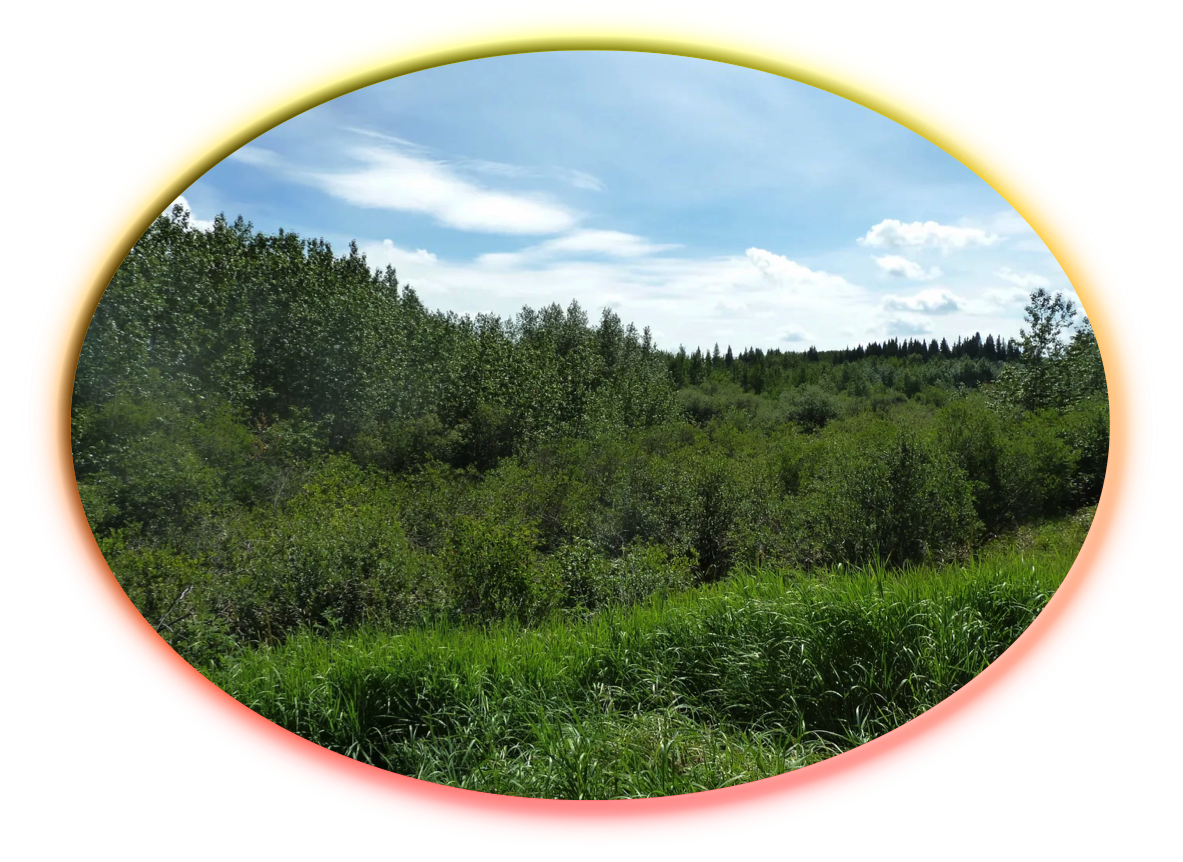
Conservation Easements
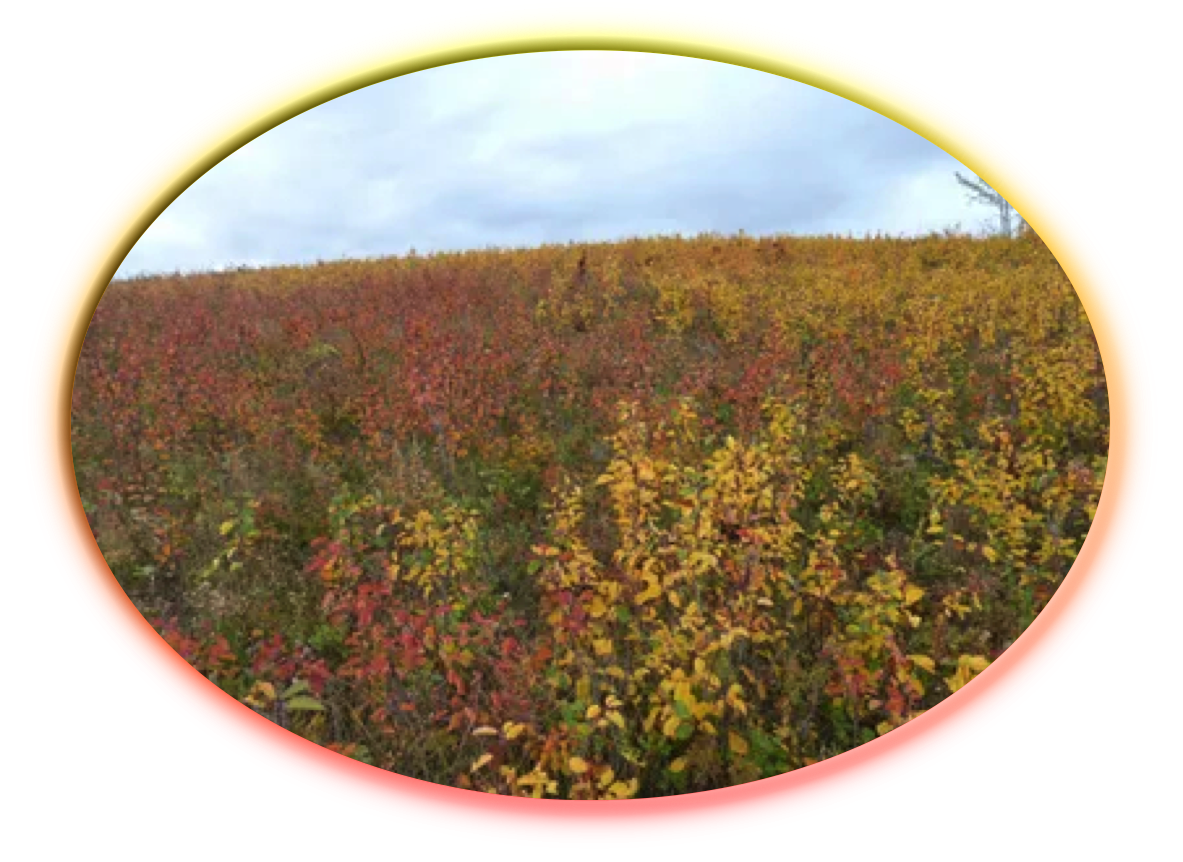
Projects
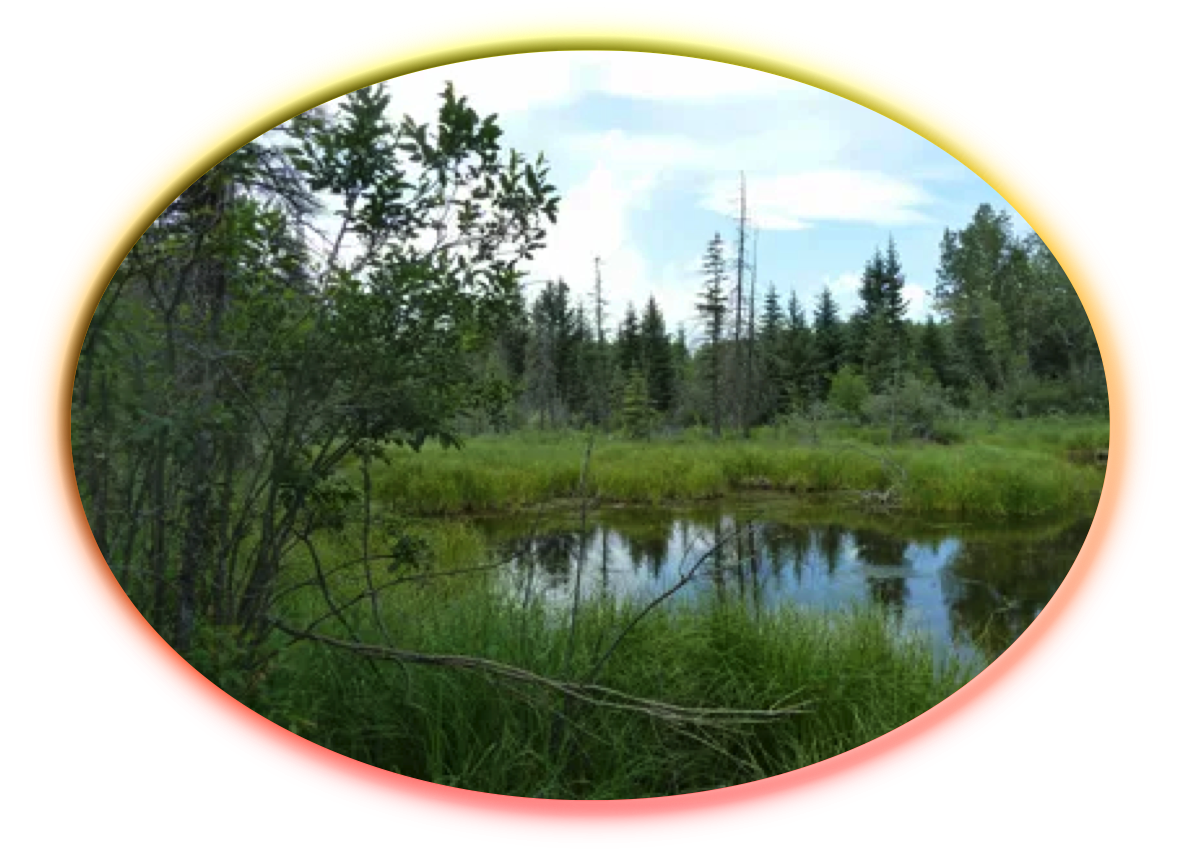
Supporters
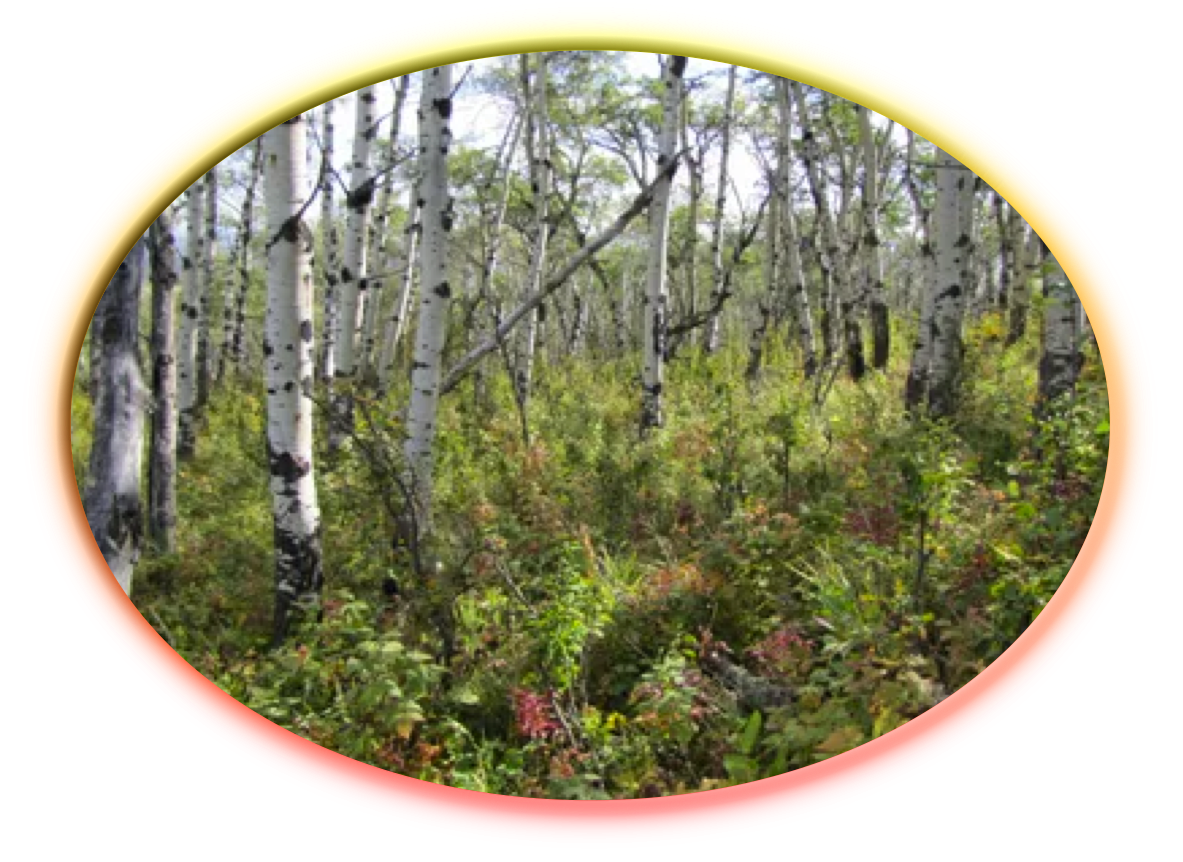
Links
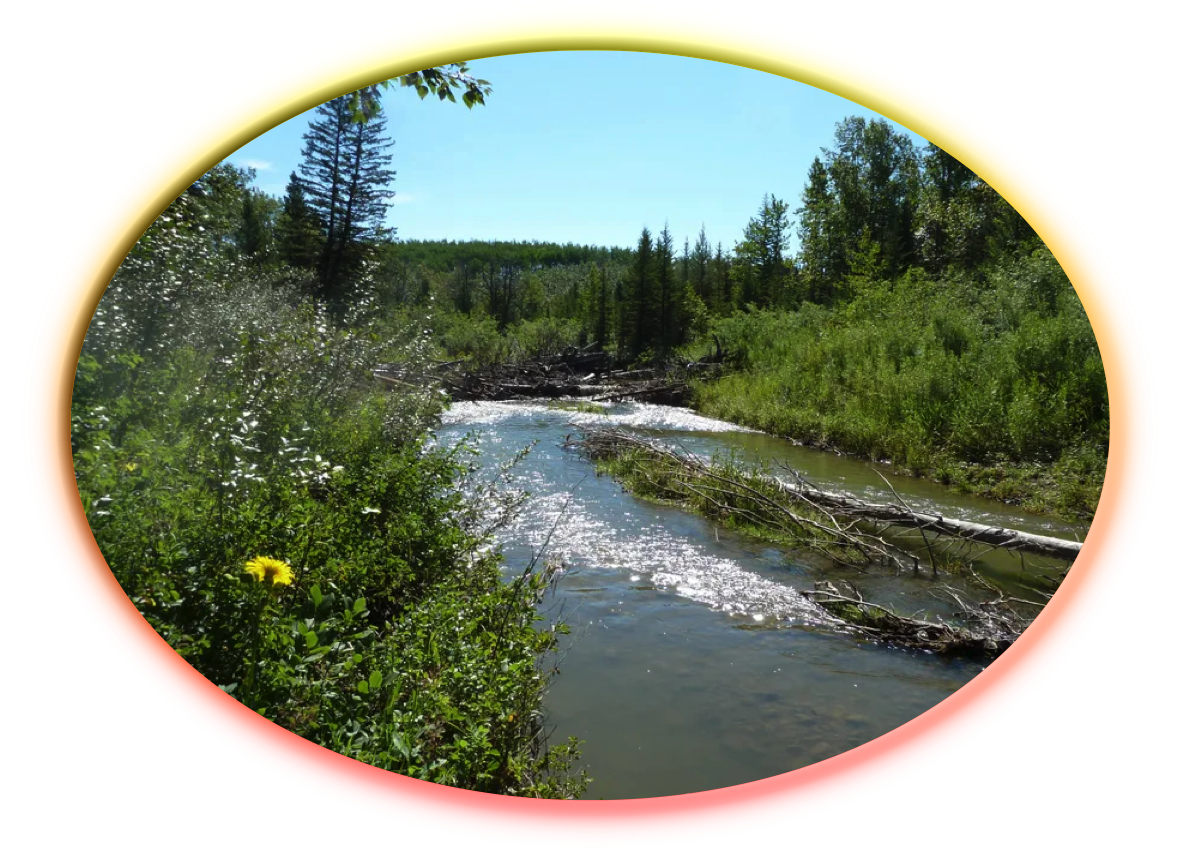
What is a Land Trust?
A Land Trust is a non-profit, charitable organization committed to the long-term conservation of environmentally significant lands. A Land Trust may own land itself, or it may enter into Conservation Easements with property owners to protect or restore natural features on the owner's land.
About Us
Foothills Land Trust ("FLT") was established in 2003 in response to a growing interest in land conservation within the then Municipal District of Foothills No. 31 (now Foothills County) and was a result of the recognition by local residents of the need to form a conservation land trust dedicated to the Foothills region.
Due to its proximity to the City of Calgary, Foothills County is under increasing developmental pressure and is vulnerable to considerable landscape fragmentation.
FLT currently protects 962 acres of ecologically significant land. FLT is virtually unique amongst Albertan land trusts in that we often protect small, yet ecologically significant, land parcels, thereby creating natural wildlife and riparian corridors. FLT is an entirely volunteer run, community-based land trust.
Our Mission
FLT's mission is to conserve and connect natural landscapes within Foothills County, mainly through the use of Conservation Easements. Lorem ipsum dolor sit amet, consectetur adipiscing elit, sed do eiusmod tempor incididunt ut labore et dolore magna aliqua. Vehicula ipsum a arcu cursus vitae congue. Eget arcu dictum varius duis at. Nam libero justo laoreet sit amet cursus sit amet. Facilisi nullam vehicula ipsum a arcu cursus vitae.
Conservation Easements Usage
Conservation Easements can be a powerful tool for Albertans looking to fulfill long-term conservation goals on their property. The Miistakis Institute has created the Conservation Easements in Alberta web site to help landowners answer their conservation easement questions.
"Our conservation easement with Foothills Land Trust enables us to do our small part in making the vision of a healthy Highwood River Basin a reality while remaining on the land doing what we know best."
- Jacqueline Nelson, High River, AB
What is a Conservation Easement?
A Conservation Easement is a way for a landowner to permanently protect the natural values of their land while still retaining title to the land. It is a legal agreement between a landowner and a qualified Land Trust. Conservation Easements are tailor made to meet the needs of an individual landowner and can cover an entire parcel or portions of a property. Conservation Easement Legislation can be found under articles 28 - 35 in the Alberta Land Stewardship Act.
What are the restrictions?
Landowners and Land Trusts collaborate to draft Conservation Easements tailored to reflect both the landowner's desires and the need to conserve the natural features of the property. Conservation Easements typically restrict development and subdivision to the degree that is necessary to protect significant conservation values of the particular property. Some Conservation Easements include areas known as “exclusions” where development is allowed. These exclusion areas are typically where homes are located.
How long does a Conservation Easement last?
Most Conservation Easements are negotiated in perpetuity, binding the original owner and all subsequent owners to the Easement's restrictions. Conservation Easements are registered on the applicable Title of Land.
What are the tax benefits?
Outright gifting of land, or a partial interest in the land through a Conservation Easement, to a qualified Land Trust could result in tax benefits for the landowner. The tax benefits of providing a gift of land or an easement on capital property fall under regular charitable gifting rules under the Federal Income Tax Act. The tax benefits are normally in the form of a tax receipt. Corporate donors deduct the receipt amount directly from their net income, while individuals use the receipt to calculate a non-refundable tax credit. The value of the tax receipt is determined by a qualified appraiser, chosen by the donor or the recipient organization. In the case of a Conservation Easement, the value of the tax receipt is based on the difference between what the land was worth before the easement was granted, and what it was worth after.
If the Conservation Easement or land gifted can be certified as 'ecologically sensitive', additional tax benefits may result from the federal Ecological Gifts (EcoGifts) Program. An EcoGift can be applied against up to 100% of the donor's net annual income in the year the donation is made and any unused portion of the receipt can be carried forward for up to ten years. Agricultural Conservation Easements do not qualify as EcoGifts but would be eligible for the regular charitable tax receipt. There is no taxable capital gain on an EcoGift.
As of February 2020, 1,503 ecological gifts valued at $928 million have been donated across Canada, protecting almost 497,000 hectares of wildlife habitat. Many of these ecological gifts contain areas designated as being of national or provincial significance, and many are home to some of Canada's species at risk.
Ecological Gifts Program: overview - Canada.ca
You are strongly advised to seek professional advice concerning your own tax situation.
Additional Resource
Ecogift Handbook 2011 (pdf)
Lorem ipsum dolor sit amet, consectetur adipiscing elit,
FLT Current Focus Areas
FLT currently has three focus areas for protection: riparian areas and wildlife corridors near the Ann and Sandy Cross Conservation Area (ASCCA) in the northwest of Foothills County; riparian areas along the Highwood River southwest of High River; and working ranches with native grassland between Black Diamond and Longview.
Area Around the ASCCA
FLT protects four properties in the ASCCA area totalling 529 acres. One property is adjacent to the ASCCA itself and is principally a working landscape. This property increases the protected area around the ASSCA and provides for wildlife movement in and out of the ASCCA. A small protected property lies to the southwest of the ASCCA and contains a wetland. FLT has talked to landowners in between these two properties with a view to linking them up, but so far without success.
FLT owns a 45-acre property that forms part of a wildlife migration corridor between the ASSCA and the Tsuu T'ina First Nation to the north. The property contains a variety of valuable habitats. It has both mixed wood and coniferous forest and wetlands and stream communities, as well as mixed shrub and grassland communities. The ravine contains an old growth White Spruce community as well as a healthy riparian area with a variety of willow species.
FLT's fourth property in this area protects about a mile of riparian habitat on both sides of Fish Creek northeast of the Hamlet of Priddis. This is a regionally important water course that later flows through Fish Creek Provincial Park in Calgary. It is also an important wildlife corridor in an area that is under heavy development pressure.
Highwood River
FLT also has a focus on wildlife corridors and riparian areas along the Highwood River, upstream of the Town of High River. FLT currently holds three Conservation Easements in this area totalling 313 acres. The Highwood riparian area serves as an important corridor for wildlife and functions to protect Highwood River water quality and river habitat.
One of the Conservation Easements covers 24 separate titles that are now under public ownership. These 24 properties were purchased by the Province of Alberta subsequent to the 2013 flood event in Southern Alberta. The titles have now been transferred to Foothills County. FLT has established the Spitzee Riparian Stewardship Society to manage these titles on behalf of Foothills County and FLT.
FLT hopes to add additional easements in this area as other landowners along the Highwood have shown an interest in placing Conservation Easements to conserve wildlife corridors and habitat that complement the properties already under protection.
Area Between Black Diamond and Longview
FLT holds a Conservation Easement on on 775 acres in this area. Two other land trusts are active in the area and protect significant parcels, including the very large OH Ranch. This is an active ranching area that also has extensive oil and gas operations. Appropriate grazing practices can preserve native vegetation and oil and gas facilities will eventually be abandoned and the landscape reclaimed.
Conservation Partners
Foothills Land Trust greatly appreciates the amazing support provided by individuals, families, corporations,
and governments who place Conservation Easements with us or donate property to us.
These parties are truly conservation heroes.
- The Ralph and Jacqueline Nelson family
- Donna and Greg Horton
- McDougall and Gervais Goodman
- Mr. and Mrs. J. W. Gregg
- Highwood Valley Ranch
- Judith A. Sproule and family
- Alberta Infrastructure
- Jim and Sandra Lockhart and family
- Duke Hartell on behalf of the Hartell family
Financial Contributors
Foothills Land Trust truly values the financial support provided by the following government programs, foundations, individuals, and families.
Our work would not be possible without their generosity.
Government Programs
- Alberta Environment and Parks
- Land Trust Grant Program Alberta Environment and Parks
- Watershed Resiliency and Restoration Program Land Stewardship Centre
- Watershed Stewardship Program Foothills County
- Community Cleanup Grants
Foundations
- The Calgary Foundation
- Alberta Real Estate Foundation
Memorial and Honour Donations
- In memory of James Allan Chandler
Individuals & Families
- Maureen, Connor, and Morgan Heffring
- Mr. and Mrs. J. W. Gregg
- Jim and Susan Hill
- Janice McDougall and Gervais Goodman
- Sandy Bruce and Teresa Magrath
- Donna and Greg Horton
- Ralph and Jacqueline Nelson